Unravelling the mystery of the ‘Screaming Mummy’: Egyptian woman died screeching in agony 3,500 years ago – before her body was embalmed with her mouth still wide open, analysis reveals
- With her mouth wide open, experts dubbed the mummy ‘Screaming Woman’
- CT scans confirm she died screaming in pain 3,500 years ago
When it comes to death, most of us hope for a peaceful and painless passing.
Consider this Egyptian mummy, who researchers say likely died screaming in pain 3,500 years ago.
The mummy was first discovered in 1935, when an archaeological expedition excavated a wooden coffin beneath the tomb of the architect Senmut, who died in 1464 BC.
Inside the coffin was the mummified body of an unknown woman, wearing a black wig and two silver and gold scarab rings. What struck archaeologists most, however, was her expression.
With her mouth wide open, as if crying, they called her the ‘Screaming Woman’.
When it comes to death, most of us hope for a peaceful and painless passing. So consider this Egyptian mummy, who researchers say likely died screaming in agony 3,500 years ago.
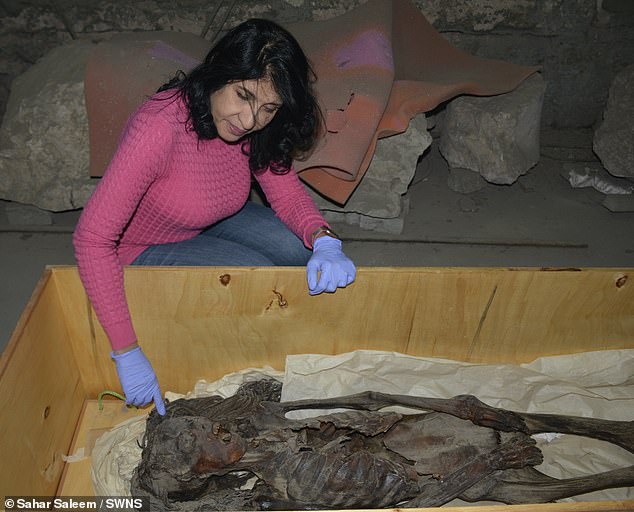
The mummy was first discovered in 1935, when an archaeological expedition excavated a wooden coffin beneath the tomb of the architect Senmut, who died in 1464 BC.
Today, researchers have used the most advanced scientific techniques to examine the mummy and learn more about her life and death.
Advanced scanning techniques showed the woman lying face up, with her legs extended and her hands folded above her groin.
She was missing several teeth – probably lost before her death – and would have been about 5 feet 10 inches tall in life.
CT images revealed that she was approximately 48 years old at the time of her death and that she suffered from mild arthritis of the spine.
Analysis revealed that the Screaming Woman had been embalmed with juniper and frankincense, precious materials that had to be imported to Egypt.
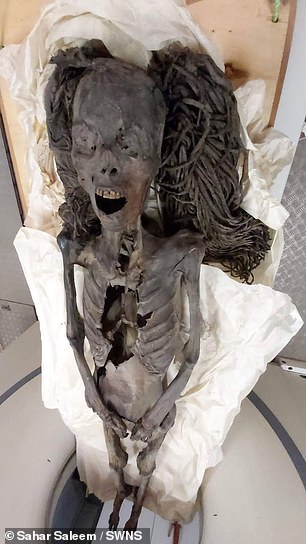
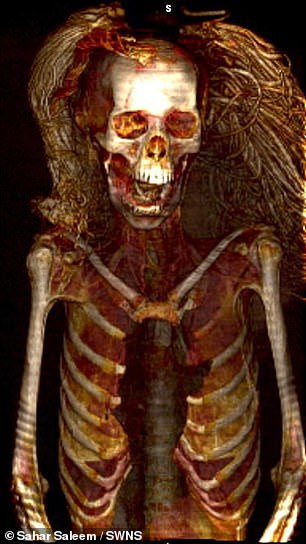
CT images estimate she was approximately 48 years old at the time of her death and that she suffered from mild arthritis of the spine
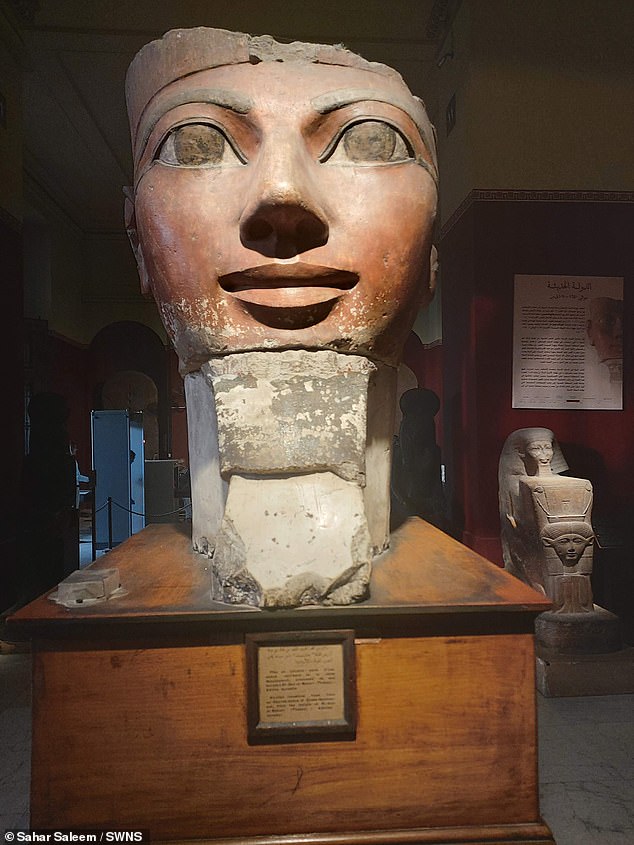
Archaeologists have excavated the tomb of Senmut, the architect and overseer of royal works – and reportedly, lover – of the famous Queen Hatschepsut (pictured). Beneath Senmut’s tomb, they found a separate burial chamber for his mother Hat-Nufer and other, unidentified family members – including the Screaming Woman
The rarity and high cost of the embalming materials seem to rule out the possibility that the mummification process was carried out carelessly and that the embalmers simply forgot to close her mouth, the researchers said.
Dr Sahar Saleem, one of the study’s authors from Cairo University, said: ‘The screaming facial expression of the mummy in this study can be interpreted as a spasm of a corpse, implying that the woman died screaming in pain.’
Cadaver convulsions are a rare form of muscle stiffness that usually accompanies violent death under extreme physical conditions and intense emotions.
“The Screaming Woman is a real time capsule of how she died and was mummified,” Dr. Saleem added.
The findings, published in the journal Frontiers in Medicine, also show that there was no clear cause of death.
The mummy’s brain, diaphragm, heart, lungs, liver, spleen, kidneys and intestines were also found.
This was a surprise, as the classic method of mummification in the New Kingdom – between 1550 and 1069 BC – involved the removal of all organs except the heart.
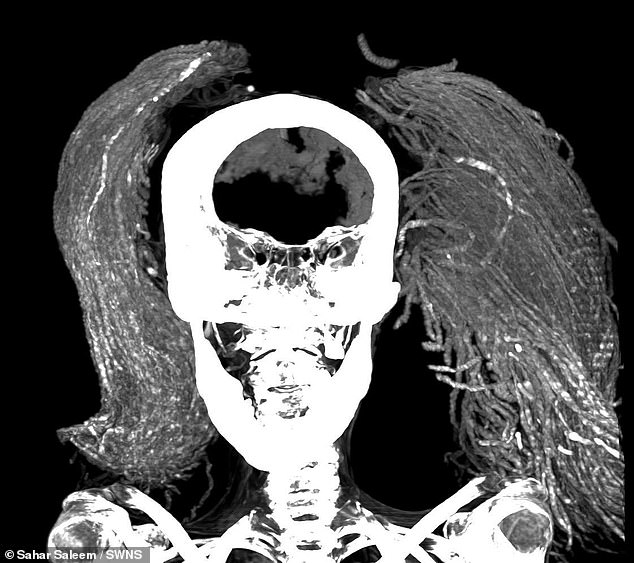
The mummy was found with her brain, diaphragm, heart, lungs, liver, spleen, kidneys and intestines still present
